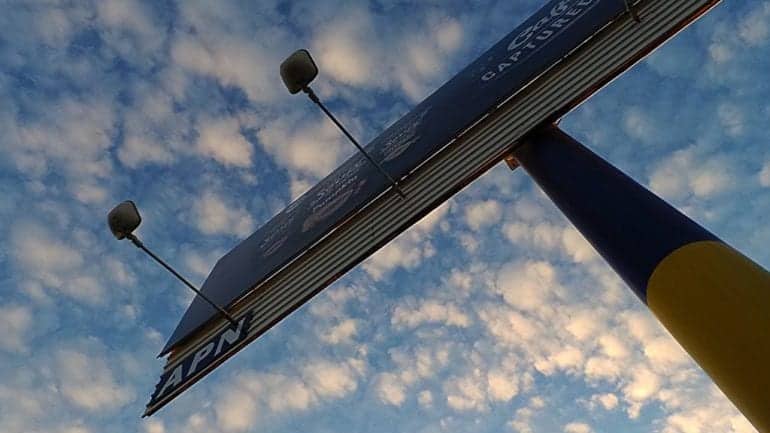Billboard Ads Cost
COVID-19 and the Billboard Industry
Prior to the pandemic outbreak, there are around 2 million displays for outdoor advertising. Of that number, billboards account for about 17% or just under 400,000.
Since the spread of the deadly coronavirus which began in China assumed a menacing global sweep, economies around the world – both big and small – have been counting losses in billions of dollars. Yet, another devastating blow came, with the fall of the oil market, hitting already fragile economies. The business world bears the major brunt in this economic crisis. And one aspect that has been so badly hit is the advertising industry. Even more unfortunate is the out-of-home (OOH) advertising media because public places like Times Square and Piccadilly Circus, which used to be host to massive billboards and sign adverts, have all been deserted, and still the coast isn’t clear yet.
Particularly, for the advertising industry, the concerns are really worrisome. According to an analysis by SFWP Experts, most ad companies in the US have reduced their ad spending forecast by 692 billion in 2020. Obviously, traditional out-of-home advertising models are not as reliable in these times as they used to be before COVID-19. And companies are now dealing with a major shift in the industry; a shift that redefines their modus operandi. In other words, ad spends will be focused on models that will effectively reach the consumers. This is one reason why major online stores reduced Google and Facebook ads spend within the past months. Nielsen’s most recent consumer research shows that there’s been a drastic change in consumer behavior during the lockdown – spanning across almost all of the retail industry – and may become permanent. For instance, digital media consumption is increasing because consumers are spending more time at home; grocery stores have seen a huge spike in online orders because it’s the safest way to shop. This pattern though unusual will effectively influence how ad agencies will target their audience henceforth.
Indeed, getting your ad on a billboard in prime locations like Times Square costs a fortune. This is because of the high impression rates the billboard generates. It is not just Times Square but many other regions charge exorbitantly for billboard advertising. This article explores the reasons why billboard ads cost too much. For starters, advertising agencies price billboards based on a range of factors including circulation. Simply, circulation refers to the amount of traffic that passes by the billboard. Mostly, this metric applies to billboards located by the roadside. Usually, billboards found on busy highways that experience long traffic jams cost more.

Billboards are expensive to make. In particular, ad agencies have to pay for construction and space on which the billboard stands. Additionally, the agency’s creative team requires compensation for the beautiful graphic it produces. All these costs put together make billboards advertising an expensive endeavor for businesses.
Billboards in big cities like New York are very expensive. For example, a single billboard in Times Square could cost you to the upwards of $50,000 per campaign. Indeed, this is not affordable for many businesses.
Effective media should enable a clear way to track number of impressions. Traditional OOH advertising as billboards display lack of targeting and tracking possibilities. The fact that many highway drivers cannot focus on the ad message generate a low engagement with the target audience. The costs of billboards depend on format, circulation, demographics, and impressions. Traditional billboards have high costs, low ROI cost varies $14,000-20,000/month in larger markets. Some cities imposed a ban of billboards due to visual pollution. Unconventional agencies provide alternatives to the targeting issues with approaches as mobile billboards, digital OOH, ads on trucks and other ads in places people don’t expect to see as flags, backpacks, inflatable objects, gas pump and balloons.
Billboard are overrated
The advertising industry is dynamic and major changes happen at a moment’s notice. For example, Netflix acquired over 18 billboards on Sunset Strip in West Hollywood in October 2018. All of a sudden, the shortage of billboards quickly led to an uptick of the cost of billboards. Notably, the price went up because many more businesses had to jostle for the few billboards left.
Billboard advertising has undergone a slew of developments but the invention of digital billboards remains the highlight. In particular, digital billboards enable advertisers to use animated content to market their brands. However, this new development is coming at a cost to marketers.
.jpg)
Comments
Post a Comment